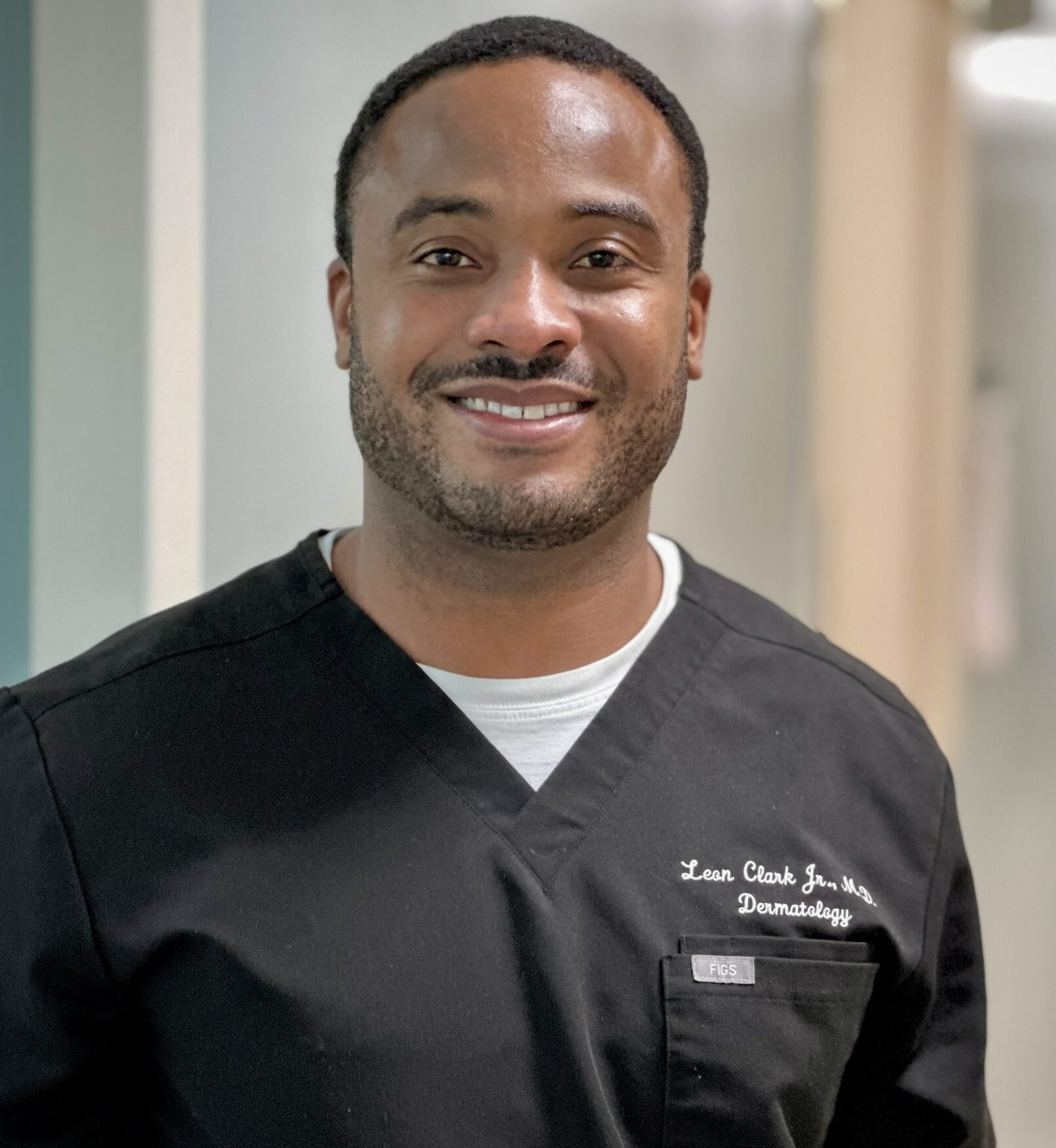Health
National World Local News Sports Entertainment Opinions Photo Archives Links Front Page About Us
Many Infants at Risk in Unsafe Sleep Settings
The nearly two-decades-long national "back to sleep" campaign that promotes infant safe sleep is credited with reducing the rate of sudden infant death syndrome in the United States.
However, the rate of sudden unexpected infant deaths (SUIDs) due to unsafe sleep habits has continued to climb. SUIDs currently accounts for 12 infant deaths per day in the United States.
In May 2011, the University of Michigan's C.S. Mott Children's Hospital National Poll on Children's Health asked parents of children up to 3 years old about the sleep settings and positions for their children during infancy and their beliefs about safe sleep positions for infants.
The study found that 89 percent of parents believe that placing an infant on his back in a crib is a safe sleep position. That's the recommended position. However, 40 percent of parents believe that it is safe for an infant to sleep in the same bed as another person, which is not recommended. A similar proportion of parents – about 40 percent - report that they have "often" or "sometimes" fallen asleep with their infants.
"The recent rise in SUIDs led us to ask parents about their beliefs and practices, including habits such as falling asleep with infants and sharing the same bed," says Lisa Markman, M.D., Assistant Professor and Associate Director of the Child Protection Team at the University of Michigan C.S. Mott Children's Hospital. "Our results indicate that large subgroups of parents are placing infants in sleep positions that put them at risk for suffocation or smothering."
"The safe sleep message is especially important during the upcoming holiday season because of the potential for travel," says Bethany Mohr, M.D., Assistant Professor and Medical Director of the Child Protection Team at the University of Michigan C.S. Mott Children's Hospital. "Caregivers need to be aware that babies must always sleep in a safe setting. Travel to relatives' homes and hotels opens up the potential for babies to sleep in unsafe settings and increases the risk of death due to unsafe sleep."
The fact that so many parents are aware of the back-to-sleep message is a reassuring sign, Markman says.
"The success of the 'back-to-sleep' message is definitely encouraging," Markman says. "We know that it is possible to get out messages about safe sleep on a national level. However, back-to-sleep is not the full message that health care providers must communicate to parents. Parents need to know that sharing the same sleep space and putting soft toys and blankets in cribs also puts infants at risk for suffocation."
Tips for parents and other family members about infant sleep safety:
- Babies should always sleep in their own space, in a crib or bassinette with a firm mattress and tight fitting sheet.
- There should be nothing in a baby's sleep space, other than the baby with a thin blanket or sleep sack.
- Caregivers should not fall asleep while holding their babies.
Why is skin disease often misdiagnosed and untreated in Black patients?
OAKLAND, Calif., Feb. 21, 2024 /PRNewswire/ -- Skin disease in people of color is under-diagnosed, often goes untreated and is more deadly, according to the latest research.
For most of history, medical students studying dermatology have been shown pictures of diseases on white skin only, leading to vast inequities in how Black and brown people are treated for skin disorders.
Dr. Leon Clark, dermatology chief at Alameda Health System (AHS), is trying to change that. He founded AHS' dermatology division in 2020 and focuses on diseases that more commonly affect Black and Latinx populations.
Clark was in residency training when he noticed Black patients coming in with treatable diseases – sometimes covering 90 percent of their skin – that had gone untreated and undiagnosed. Patients said previous doctors had ignored their complaints. Those doctors likely hadn't been trained to identify diseases such as eczema in darker-colored skin.
"Someone who's not familiar with what that looks like in Black skin may say, 'Oh this is mild,'" Clark said. "It affects treatment in terms of how aggressively you treat it. I see it all the time, unfortunately."
There is now a national conversation around updating training materials to include a wider range of skin colors, as well as diversifying the workforce. But a lot of work remains to be done.
